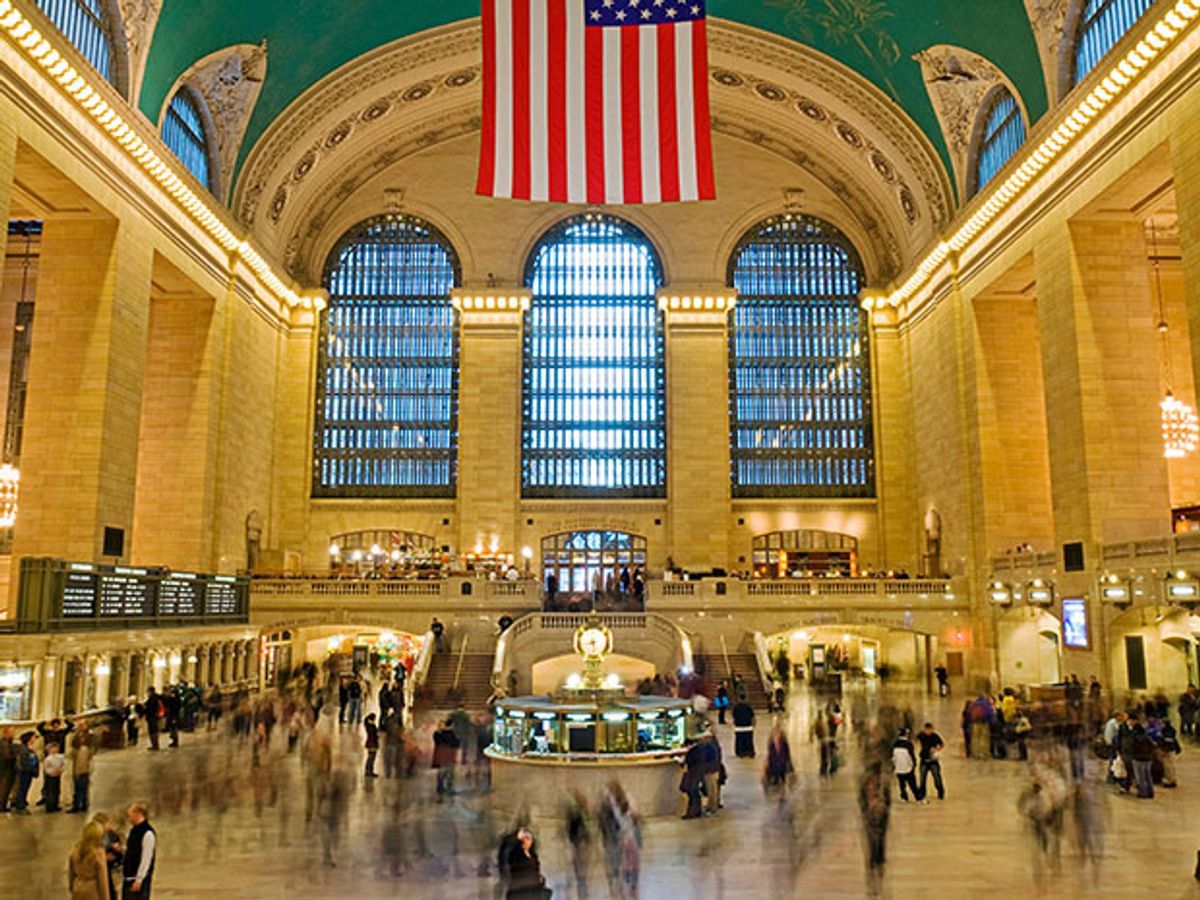Despite what the old saying purports, there are new things under the sun. And they get all the press. All too often the old stuff gets short shrift—particularly if it’s under the earth.
Yesterday, at Manhattan’s Grand Central Terminal, attention was paid to the old in an IEEE Milestone ceremony commemorating the electrification of its rail traffic (much of it underground, even then) in 1913. Present at the unveiling of the plaque was John L. Sprague, grandson of Frank J. Sprague, a chief consultant on the project. The elder Sprague was already famous for electrifying the trolleys of Richmond, Va., in the 1880s.
The Milestone was given its due recognition by the IEEE History Center, which is funded in part by the IEEE Foundation.
The electrification project got its start in 1902, when a train engineer, temporarily blinded by smoke from a locomotive’s stack, drove his train into another one, killing 15 people. As a result, the New York State Legislature banned steam-powered locomotives from entering the city after 1908, leaving engineers no alternative to electricity.
In 1903, plans were drawn up, money was appropriated, and train tracks—many already conveniently sited below grade—were encased in tunnels and covered in earth and greenery. The result was what is now known as Park Avenue. The contrast with its smoke-besmirched past jacked up real estate prices—including the associated “air rights,” the sale of which helped to fund the project.
Grand Central was fully operational by 1913, about 11 years after the idea had been proposed. (People worked faster then, didn’t they?) For a stark contrast, look no further than New York City’s Second Avenue subway line, whose first 3-kilometer stretch is supposed to open any day now—about 10 years after workers broke ground.

What’s most striking about the train propulsion technology introduced back then is how little it has changed over the past century. At the plaque-unveiling ceremony, a rusty old segment of the famed, current-carrying third rail was juxtaposed with a new version, and the only visible difference is in the shinier, more conductive alloy. The shape is as Frank Sprague and his colleague William Wilgus described in their patent; the design allows the train’s “shoe” to complete the circuit by touching the rail from underneath. That way, snow and rain can’t easily interfere.
Now is a good time to put up a plaque. Grand Central Terminal is in the midst of a US $210 million facelift, and every bolt is being polished and every slab is being refurbished. Vanderbilt Hall, where the plaque was unveiled, is a marble vault with stately chandeliers and three-story windows worthy of a cathedral. It’s all very old-timey—as is the technology itself.
Not that there’s anything wrong with that. Most technology never dies, and much of it doesn’t even fade away. Instead it continues, right alongside all the newfangled stuff. In his 2006 book, The Shock of the Old: Technology and Global History Since 1900, British historian David Edgerton argues that seemingly futuristic inventions often become museum pieces (think Concorde) while some old standbys just keep on going (think the B-52).
Nothing has come along to shove electric light rail technology aside, and it’s not for lack of trying. Just ask Elon Musk!
Philip E. Ross is a senior editor at IEEE Spectrum. His interests include transportation, energy storage, AI, and the economic aspects of technology. He has a master's degree in international affairs from Columbia University and another, in journalism, from the University of Michigan.



